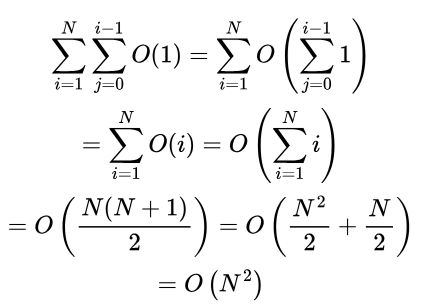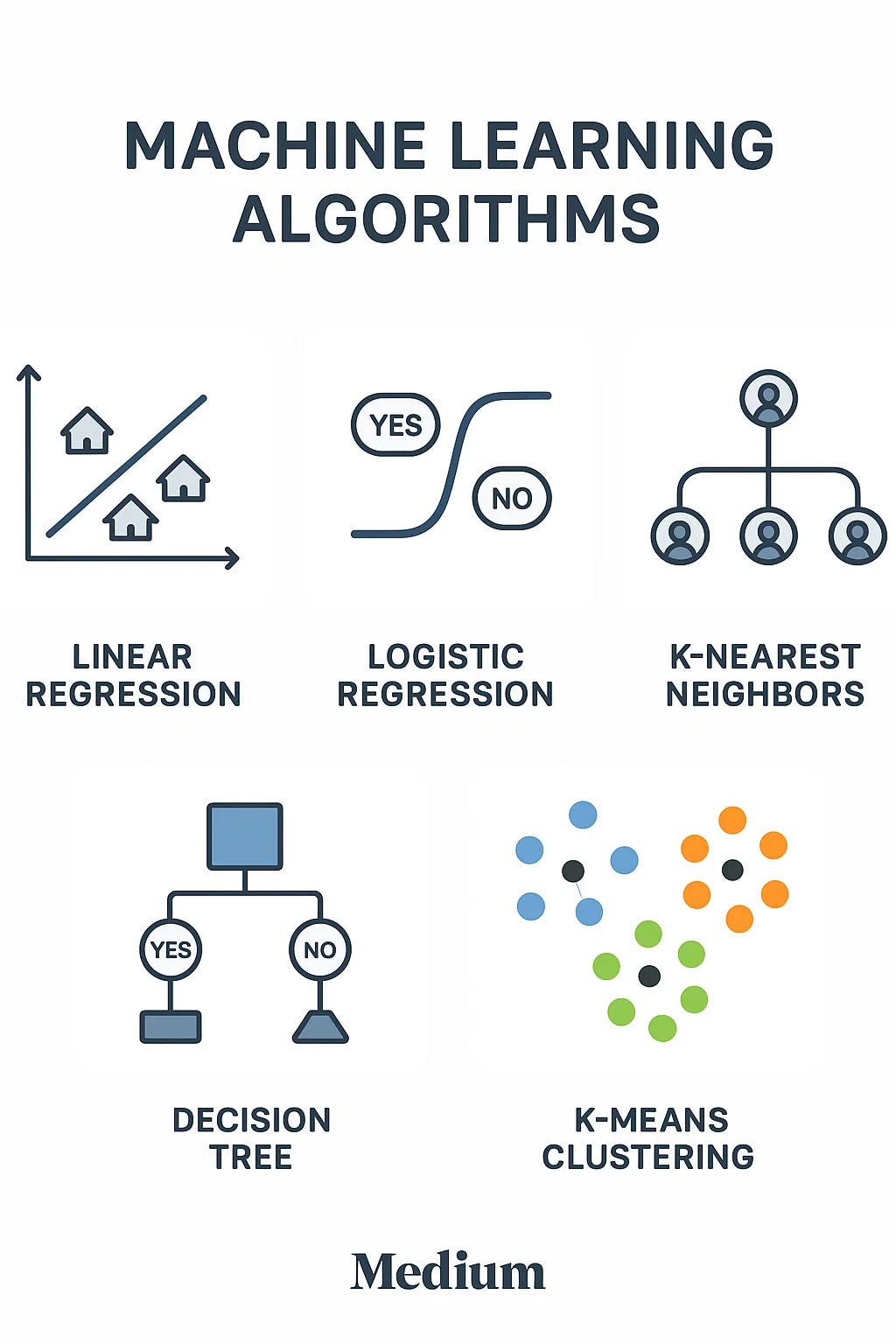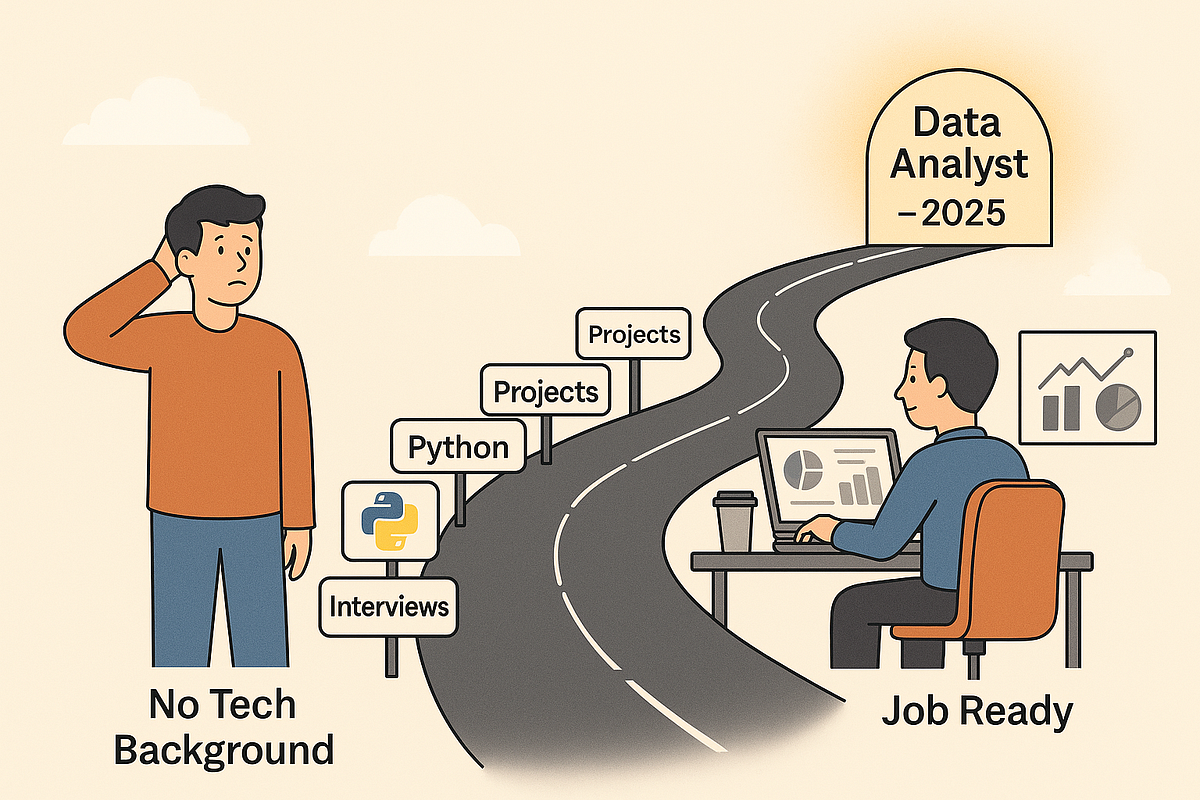Data Science News
Medium
23

Image Credit: Medium
How I Turned $500 in Video Sales with AI
- Revio is an AI video creation platform that transforms images and short video clips into professional-looking dynamic videos effortlessly.
- Users, even without prior video editing experience, have reported significant successes using Revio, including generating over $500 in video sales within the first week of using the platform.
- Revio simplifies video creation with its user-friendly interface, offering features like hyper-realistic animations, text customization, and full HD quality exports in minutes.
- The platform has been instrumental for creators and marketers alike, enabling them to create engaging videos for social media channels, resulting in viral content and profitable business opportunities.
Read Full Article
1 Like
Dev
25

Image Credit: Dev
How Language Models Work: From Attention to Human Feedback
- Language models like GPT rely on deep neural networks to convert language into numbers and predict text with accuracy.
- Attention in AI helps models focus on important words in sentences for better predictions.
- Text is tokenized into subwords and transformed into numeric vectors to enable AI processing.
- Neural networks train on large text corpora, using backpropagation to adjust weights and improve language understanding.
Read Full Article
1 Like
VentureBeat
161

Image Credit: VentureBeat
From hallucinations to hardware: Lessons from a real-world computer vision project gone sideways
- A computer vision project aimed at identifying physical damage on laptops faced challenges like hallucinations and unreliable outputs.
- The team experimented with different approaches, including using an agentic framework to break down the image interpretation task into smaller agents.
- They found that image quality significantly impacted the model's output and tried training it with a mix of high and low-resolution images to improve consistency.
- Combining different AI techniques such as image captioning with language models and utilizing an agentic framework led to a more precise and manageable system for structured damage detection.
Read Full Article
9 Likes
Medium
375
Image Credit: Medium
The Transformative Power of Technology in the 21st Century
- The digital age has revolutionized how we access information, connect globally through social media, and utilize smartphones as essential tools in our daily lives.
- Technology has transformed education by breaking traditional boundaries with e-learning platforms, AI tutors, and interactive tools, enabling remote learning and gamified experiences.
- In healthcare, technology advancements like robotic surgeries, telemedicine, and AI diagnostics have enhanced the quality and accessibility of healthcare, especially highlighted during the COVID-19 pandemic.
- Artificial Intelligence and automation have become integral parts of our lives, powering voice assistants, self-driving cars, and reshaping industries by improving efficiency and reducing errors.
Read Full Article
22 Likes
Medium
148

Image Credit: Medium
Given an (Simple) Algorithm, What it’s Time Complexity?
- The first algorithm analyzed has a time complexity of O(N^2) due to N x N steps.
- The second algorithm's time complexity is determined to be O(N^2) through mathematical calculations involving summations.
- The third algorithm's time complexity is found to be O(N log(N)) based on the multiplication by 2 for each while iteration.
- The fourth algorithm's time complexity is revealed to be O(N) as the geometric series converges to 2.
Read Full Article
8 Likes
Medium
0

VocalLabs.ai: Giving Voice to Data, and Data to Decisions
- VocalLabs.ai is a voice analytics platform that helps companies collect, analyze, and act on voice data from customers, users, or clients, translating interactions into actionable analytics.
- The platform utilizes tone analysis, pitch detection, and NLP to identify emotions like frustration, satisfaction, or confusion in real-time, making it ideal for call centers and help desks.
- VocalLabs provides transcription summaries, dashboards showcasing trends, recurring complaints, and user preferences, simplifying data analysis and decision-making processes for startups and customer service teams.
- The tool enables startups to gather valuable insights from customer vocal data quickly, empowering them to make informed decisions based on real-time emotions and user feedback.
Read Full Article
Like
Medium
140

Image Credit: Medium
This Simple Tool "Hacks" ChatGPT, Gemini & Grok to Send You Millions of Clicks
- A little-known AI hack is allowing marketers to manipulate AI chatbots like ChatGPT, Gemini, and Grok to send free traffic to their websites.
- By structuring content strategically, marketers can make chatbots prioritize recommending their links over keeping users inside the chat.
- Some marketers have seen significant traffic increases using this method, such as getting 500,000+ clicks from ChatGPT in 30 days without ads or SEO.
- AI companies have not fully blocked this exploit yet, but they may do so in the future, making quick action essential for those looking to take advantage of the loophole.
Read Full Article
8 Likes
Analyticsindiamag
17

Image Credit: Analyticsindiamag
AI will be Extremely Unpredictable and Unimaginable, warns Ilya Sutskever
- Ilya Sutskever, founder of Safe Superintelligence, warned that AI will become extremely unpredictable and unimaginable.
- He expressed concerns about AI systems improving themselves, leading to rapid and uncontrollable progress.
- Sutskever mentioned the potential of AI to advance healthcare but also issued a stark warning about its capabilities.
- He traced his journey from a self-taught student to an AI pioneer while receiving an honorary degree from the Open University.
Read Full Article
1 Like
Medium
340

Image Credit: Medium
5 Simple Machine Learning Algorithms Powering Netflix, YouTube, and Facebook
- The article explores 5 simple machine learning algorithms powering major platforms like Netflix, YouTube, and Facebook.
- Linear Regression helps predict numerical outcomes based on input features like estimating house prices or forecasting viewership of a show.
- Logistic Regression makes binary decisions (yes/no) using patterns to predict events, seen in applications like YouTube and healthcare.
- K-Nearest Neighbors (KNN) classifies data by comparing it with similar known data points, used in applications like recommending movies on Netflix.
Read Full Article
20 Likes
Analyticsindiamag
392

Image Credit: Analyticsindiamag
Intuit India Champions Data Scientists at WiDS
- Intuit India hosted WiDS Bengaluru 2025 with 140 data pros, promoting diversity.
- The event featured insightful keynotes and sessions on AI, finance, and system design.
- Experts delved into AI ethics, LLM applications, and practical innovation for real-world impact.
Read Full Article
23 Likes
Analyticsindiamag
43

Image Credit: Analyticsindiamag
OpenAI is Flirting with Danger by Naming China’s Blacklisted Zhipu AI as a Threat
- China's AI landscape sees emergence of Zhipu AI as a formidable competitor.
- Backed by state-owned Huafa Group, Zhipu AI raises significant capital for growth.
- OpenAI acknowledges Zhipu as a major player in China's AI development strategy.
- Zhipu AI expands globally, focusing on partnerships and infrastructure development.
- Concerns rise about Chinese AI influence as Zhipu gains traction internationally.
Read Full Article
2 Likes
Medium
41

Image Credit: Medium
Zero Tech Experience to Data Analyst Roadmap in 2025
- The article discusses the challenges individuals face when transitioning to a data analyst role without tech experience.
- The author provides a beginner-friendly roadmap to become a data analyst in 2025 based on real-world practices.
- The essential topics emphasized include learning SQL due to its widespread application in data analysis across companies.
- The eligibility of this article for a web story is false as it is more of an informational guide rather than a time-sensitive or visually engaging news piece.
Read Full Article
2 Likes
Medium
25

Image Credit: Medium
Linear Regression: From Zero to Hero
- Linear regression explains complex systems with a simple straight line on a graph.
- History of linear regression dates back to Gauss and Legendre in the 1800s.
- It is widely used in various fields due to its simplicity and interpretability.
- Key aspects include weights, bias, error, and cost functions for evaluation.
Read Full Article
1 Like
Dev
238

Image Credit: Dev
2099. Find Subsequence of Length K With the Largest Sum
- The problem involves finding a subsequence of length k from an integer array nums with the largest sum.
- The solution entails selecting the k largest elements in the array while maintaining their original order.
- The algorithm includes creating pairs of index and value, sorting by value, selecting top k elements, sorting by index, and extracting values.
- The time complexity is O(n log n) due to sorting operations, and space complexity is O(n) for storing pairs.
Read Full Article
14 Likes
Medium
140

Image Credit: Medium
I Moved to the Countryside — And Had a Statistical Epiphany
- The author reflects on the disconnect between how statistics is taught in academia and how it is used in real-world applications.
- In practice, applied statisticians deal with messy real-world data and focus on interpretation, intuition, and storytelling rather than just theoretical exactitude.
- The author suggests reframing statistical education to focus more on applied thinking, judgment, and real-world data analysis processes like exploratory data analysis.
- The author invites readers to an online workshop aiming to make statistics more intuitive and enjoyable by focusing on real-world data analysis using JAMOVI and AI tools.
Read Full Article
8 Likes
For uninterrupted reading, download the app